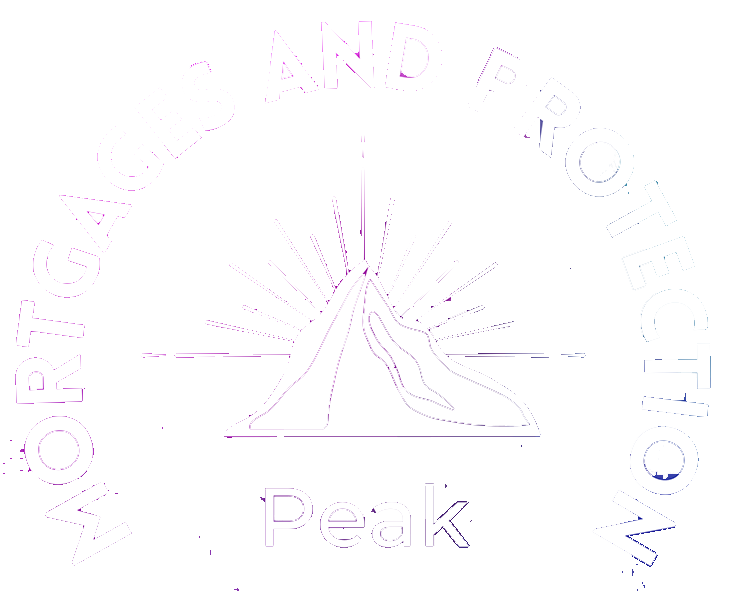Demystifying Home Financing: How Does Remortgaging Work?

For homeowners seeking financial flexibility or better terms on their existing mortgage, the concept of remortgaging can be both intriguing and somewhat mysterious. In this blog, we unravel the intricacies of remortgaging, exploring how this financial manoeuvre works and shedding light on the potential benefits it can offer to savvy homeowners.
Understanding Remortgaging
Defining Remortgaging
Remortgaging, also known as refinancing, is the process of switching from one mortgage deal to another, either with the same lender or a different one. Homeowners typically consider remortgaging for various reasons, such as obtaining a lower interest rate, accessing equity, or consolidating debt.
Evaluating Your Current Mortgage
The first step in the remortgaging process is a thorough evaluation of your existing mortgage. Assess your current interest rate, remaining loan term, and any applicable fees or penalties for early repayment. Understanding these details sets the foundation for determining whether remortgaging is a viable and cost-effective option for your financial goals.
Reasons to Remortgage
Securing a Better Rate: One of the primary motivations for remortgaging is to secure a lower interest rate, potentially reducing monthly payments and overall loan costs.
Accessing Equity: Homeowners with increased property values may choose to remortgage to access equity for home improvements, debt consolidation, or other financial needs.
Changing Terms: Adjusting the terms of your mortgage, such as extending or shortening the loan term, can also be achieved through remortgaging.
The Remortgaging Process:
Researching Mortgage Deals
Once you’ve decided to remortgage, the next step is researching available mortgage deals. This involves comparing interest rates, fees, and terms from different lenders to find a package that aligns with your financial objectives.
Application and Approval
After selecting a suitable mortgage deal, you’ll need to submit an application to the chosen lender. The approval process involves a credit check, assessment of your financial situation, and verification of property value.
Legal and Valuation Processes
Upon approval, the legal and valuation processes begin. A solicitor may handle legal aspects, and a property valuation may be required to determine its current market value.
Completion and Transfer
The final step involves completing the remortgaging process, with funds transferred to your existing lender to settle the old mortgage. Your new mortgage terms then come into effect.
Remortgaging with Peak Mortgages
Remortgaging can be a strategic financial move for homeowners seeking improved terms, increased flexibility, or access to additional funds. By understanding how remortgaging works and carefully evaluating your current situation, you can make informed decisions that align with your long-term financial goals.
By speaking to us you could potentially experience lower fixed-rate terms from other lenders who are offering cheaper deals right now. All of our advisers are experts in the field and offer real remortgage advice that is tailored to you and your current situation. Our mortgage advisers will then work alongside you to ensure that everything goes through smoothly with minimal fuss.

